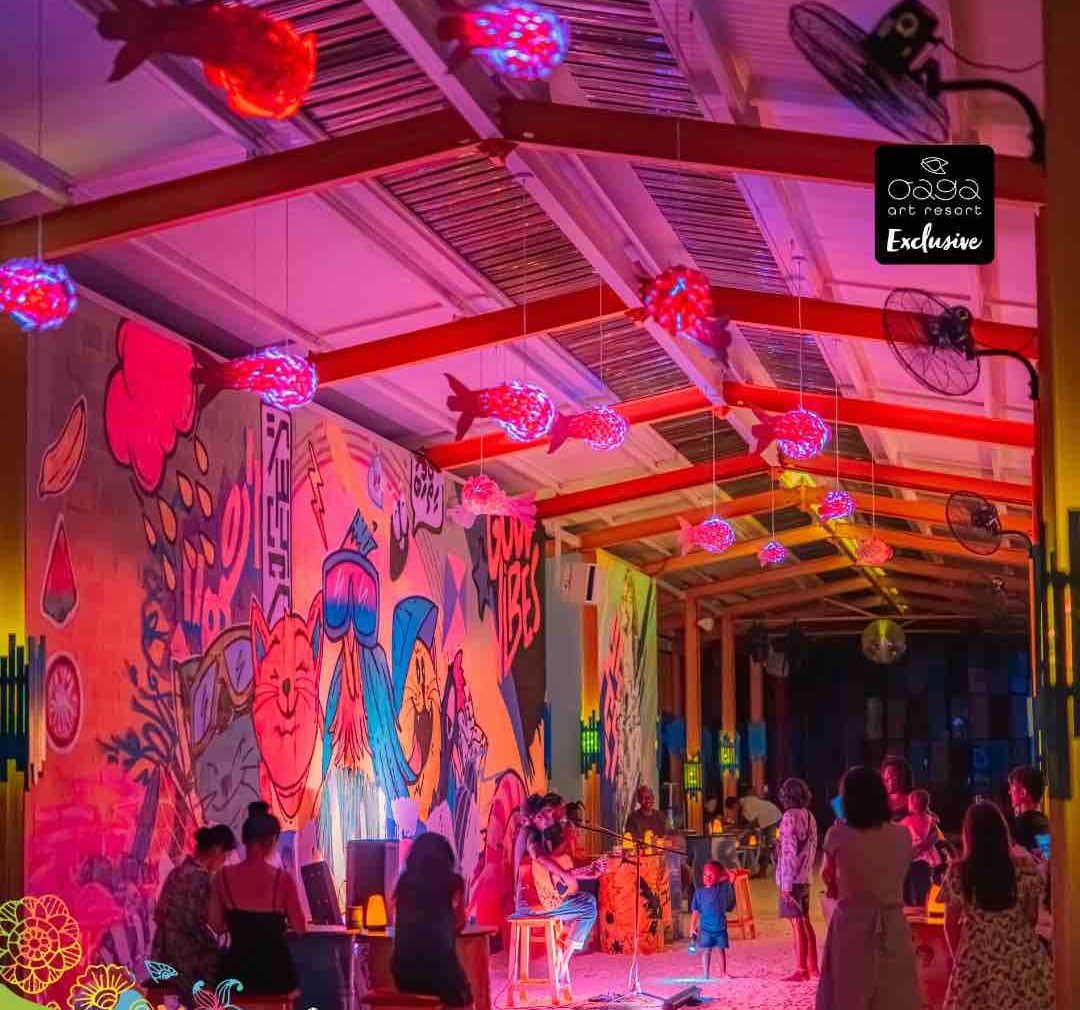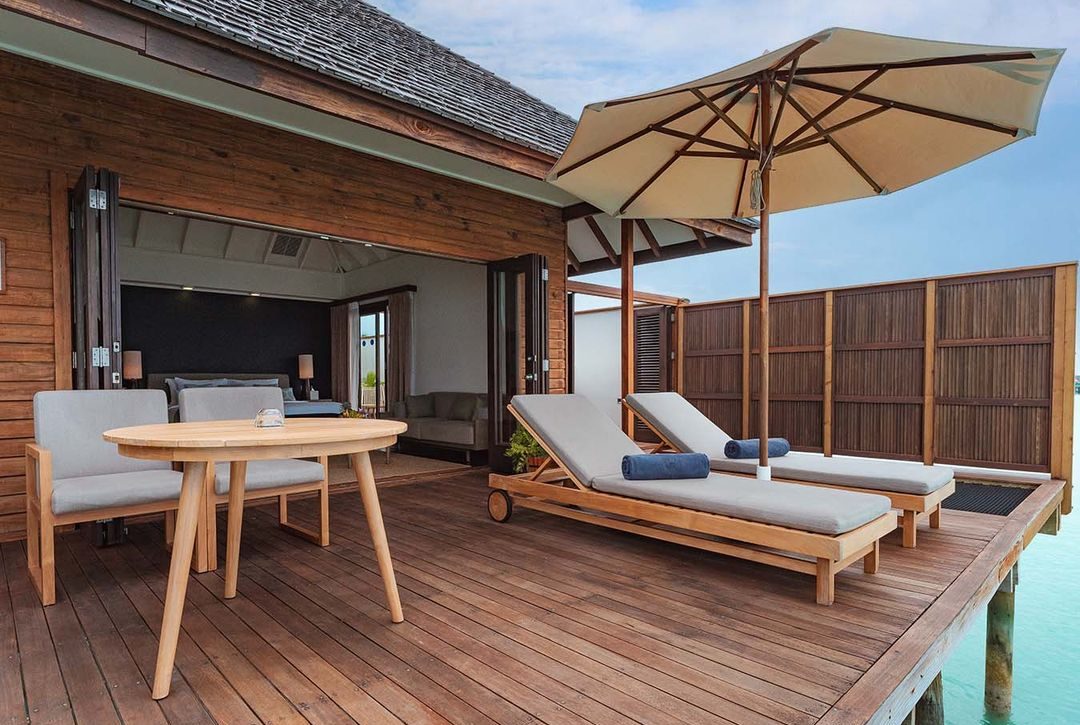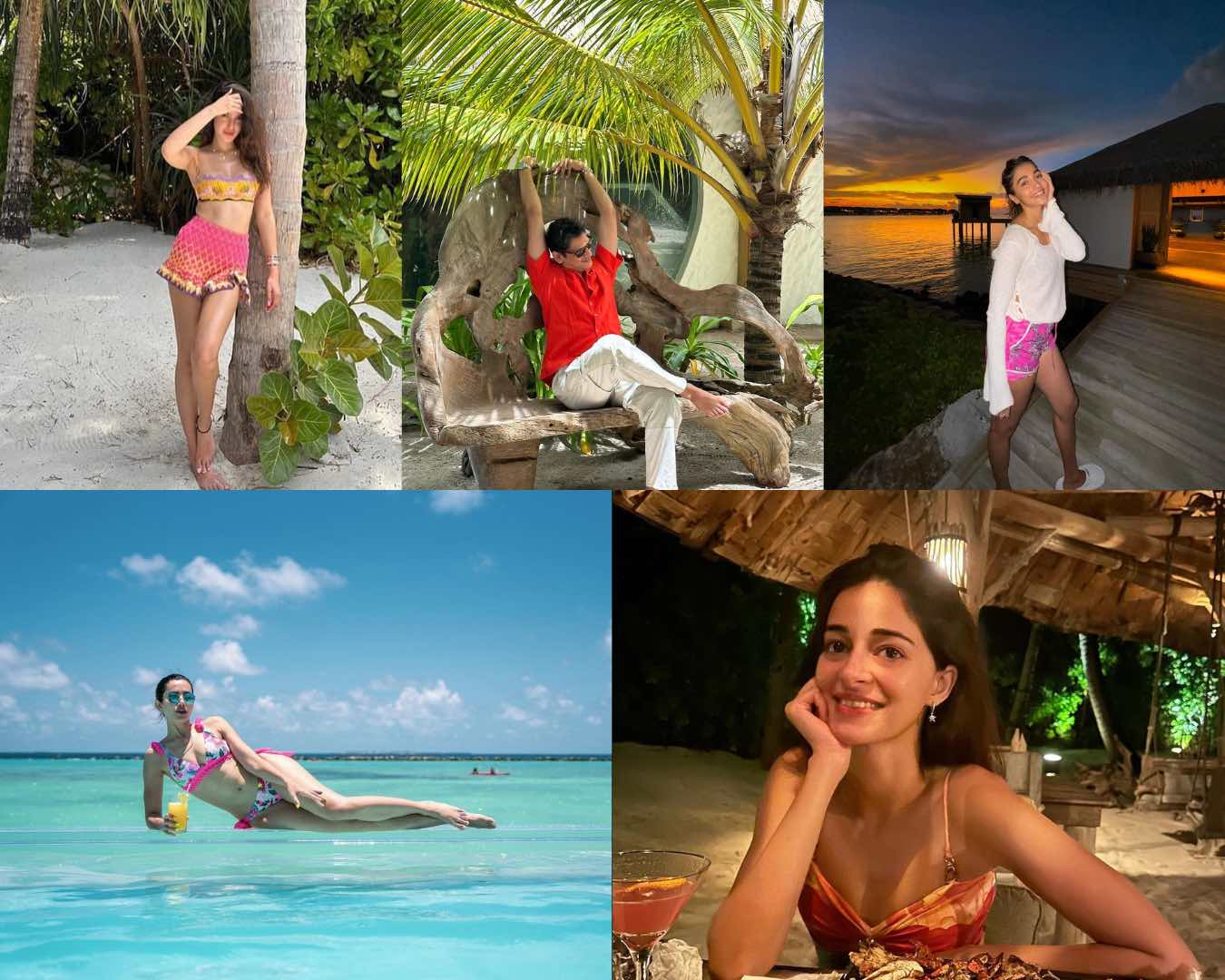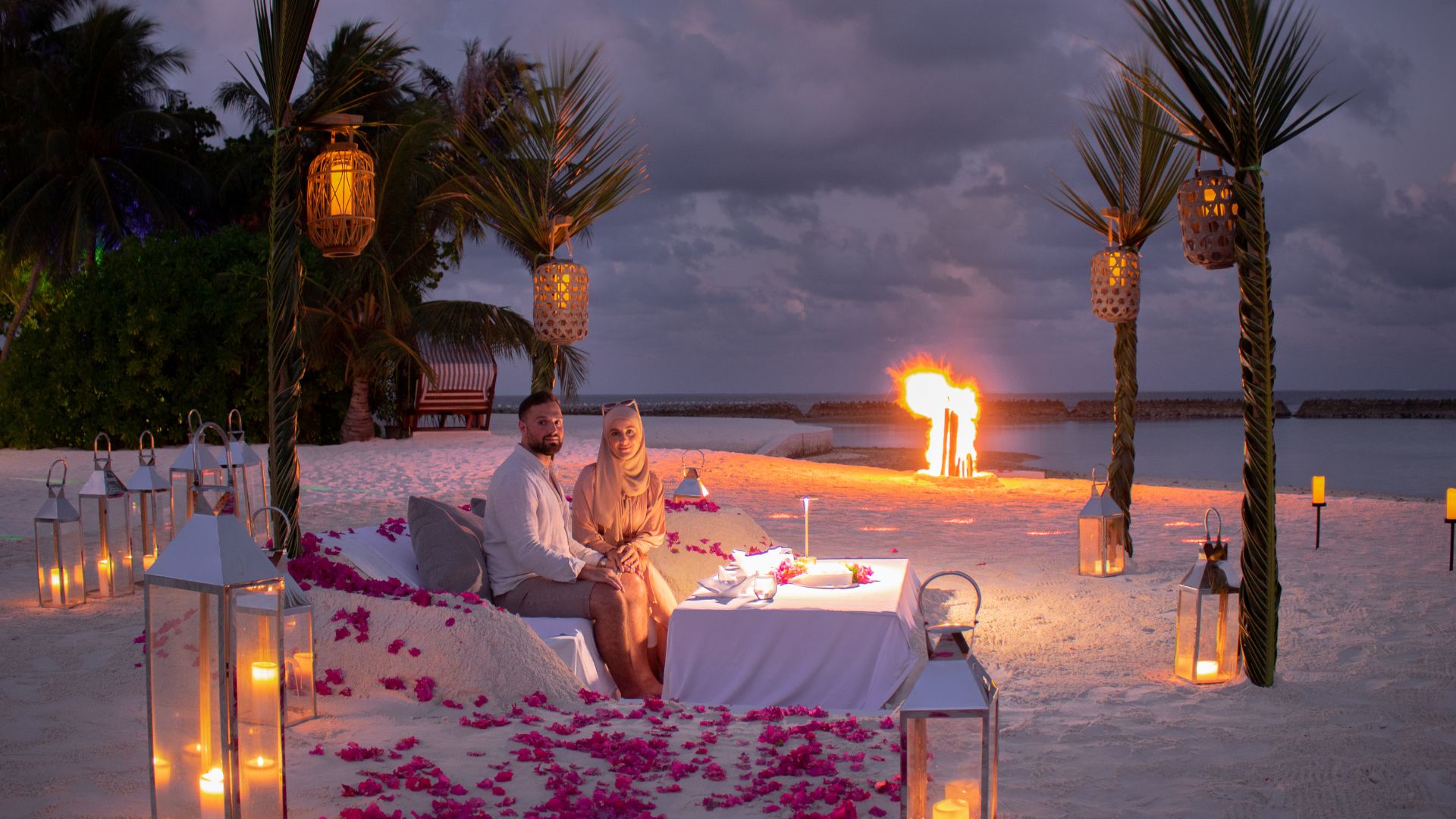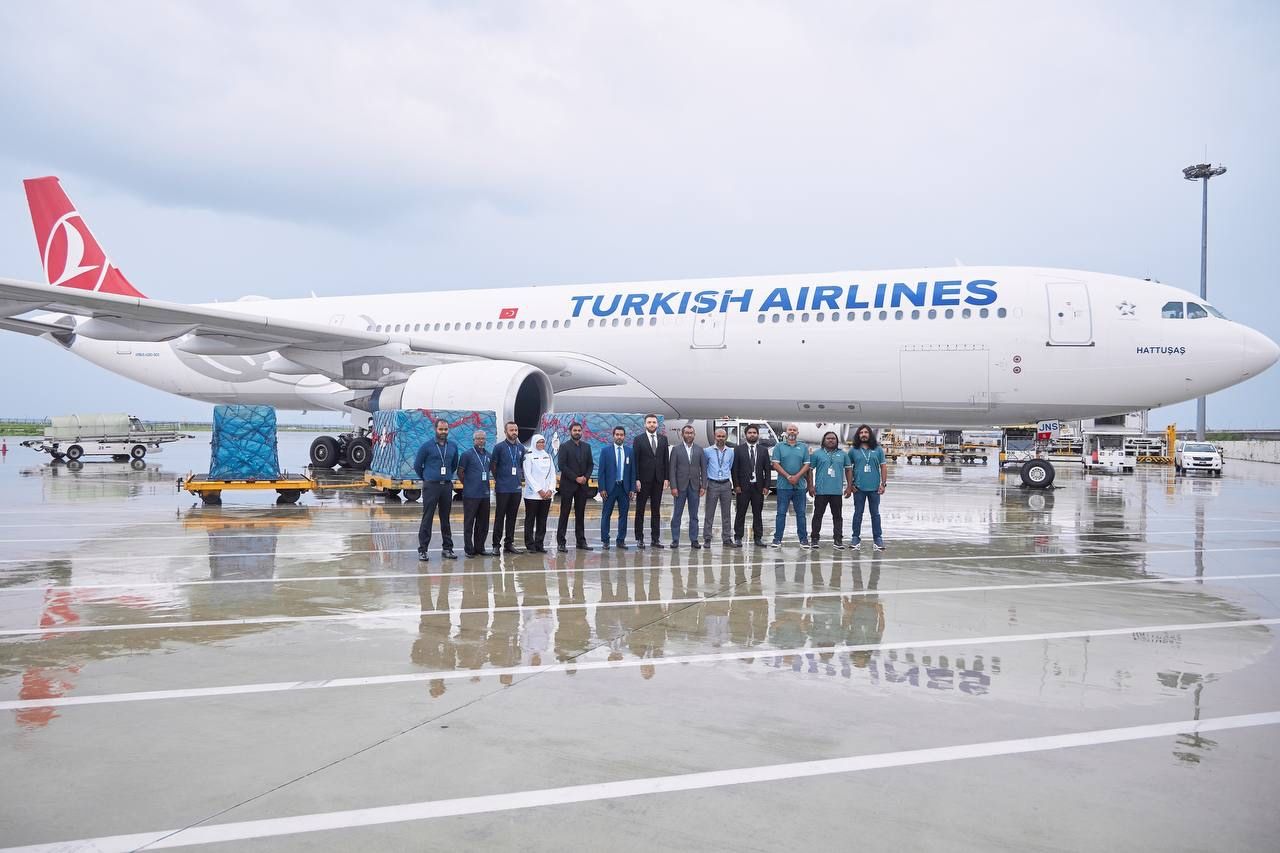Oaga Art Resort announces the upcoming Kula Kula Festival, taking place from April 10th to 15th, 2024. “Kula” translates to “colour” in Dhivehi, the Maldivian language. This vibrant celebration promises an immersive experience of Maldivian culture. Guests can enjoy the pulsating music, dance, and visual arts, and a taste of the archipelago’s unique traditions.
A Journey Through Festivities
The festival kicks off with the joyous Eid Al-Fitr celebration on April 10th. Savour the sizzling flavours of a Maldivian BBQ dinner infused with international influences, creating a delightful communal dining experience. Enhance your Eid celebration with a visit to the live Hedhikaa station. You can explore delectable Maldivian short eats and delicacies to enrich your palette.
Experience the soul-stirring sounds of local Boduberu drumming. Additionally, a Maali parade combined with a small narration of Koadi, along with flash dances through the day, offers a captivating journey through the Maldivian Village. Moreover, the local band Sky Rock is set to liven up the stage during sunset hour.
A Visual Feast
Witness the artistic flair of Maldivian artists throughout the kula kula festival at Oaga Art Resort. Be present for the book launch by local artist Baburu Akuru and a captivating live wall mural creation by the local duo, Razzan & Hampu:
- Book Launch of ‘Baburu Akuru’ by Rafil Mohamed – Rafil Mohamed (a.k.a. Baburu Akuru) is an avid enthusiast of Maldivian culture and history, focusing mainly on folklore and the supernatural belief system prevalent among Maldivians since time immemorial. He has penned and published a book called ‘Baburu Akuru’ compiling his research, thoughts, and musings on the subject matter in January of 2023. The book is a collection of contemporary Dhivehi poems with English translations and backstories based mainly around Maldivian culture, history, folklore and the supernatural realm.
- Live Wall Mural by Razzan and Hampu – Mohamed Razzan Abdulla (Razzan) and Fathmath Hamna (Hampu) are a husband-wife artist duo based in Maldives. With over 7 years of experience, Razzan and Hampu both specialise in visual art. They primarily work with acrylics and watercolour when it comes to smaller-scale artwork, while for indoor and outdoor murals they prefer working with emulsion paint in bright, vibrant and joyful colours. They are also very versatile when it comes to digital art and combined, have completed countless illustrations for various resorts, corporations, NGOs, children’s books, and calendars to name a few.
Immerse Yourself in Music
The kula kula festival at Oaga Art Resort comes alive with music performances throughout the week. Sway to the rhythm of local talents, featuring Axsam and Alikko’s sun-kissed beats, the soulful in-house duo, the dynamic band called Sandpaper and the husky vocals of Mai accompanied by Muthrib. Local guitarists Adlee and Muad are also set to make an appearance, culminating in a special DJ night featuring DJ Afruh on April 12th and many more.
Unleashing Your Inner Artist
Embrace your creativity with the Tie-Dye experience available during the festival days. Travellers can personalise plain white t-shirts with the assistance of the resort’s art and vibe community. The result will give you a unique memento of the festival.
The Invitation
The Kula Kula Festival at Oaga Art Resort promises an unforgettable experience. The experience is set to be brimming with cultural exploration, artistic expression, and delightful culinary discoveries. Don’t miss this opportunity to immerse yourself in the vibrant tapestry of Maldivian culture.


